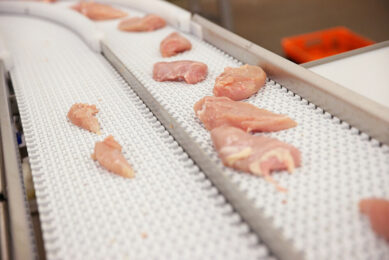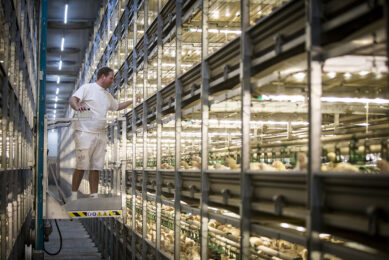AMI: US meat and poultry is dynamic and competitive
Numerous studies have affirmed that the US meat and poultry industry is dynamic, competitive and responsive to the market, according to the American Meat Institute, which represents America’s meat and poultry processors.
AMI released a statement as United States Department of Agriculture(USDA) and the Department of Justice began the final in a series of workshops that have examined competition in American agriculture.
Stable industry
According to AMI, the structure of the industry has been stable for the past 25 years. In the 1980s, changes in industry occurred, largely in response to new demands from consumers.
“In a consumer-oriented business such as the meat and poultry industry, you start with the customer,” said Mark Dopp, senior vice president of regulatory affairs and general counsel. “Our customers began sending strong signals that they wanted more consistent products, leaner products and niche products like natural meats or those that are free range. These demands necessitated a shift from our previous commodity mindset to a more focused, branded approach that delivers what consumers want. That’s what automakers have done. That’s what electronics manufacturers have done. And it was what our industry needed to do, too.”
Like products from Ipods to SmartPhones to Ford Explorers, branded meat and poultry products require consistent raw materials so that the consumer expectations can be met purchase to purchase, he said. To achieve that, livestock and poultry producers began entering into marketing agreements and contracts with packers and processors to provide animals raised in a consistent manner, using genetics and other practices that could deliver a raw material to support the brand.
Competitive in the market
“Although some populist groups representing livestock producers who don’t like contracts or marketing agreements have sought to raise suspicions about the partnerships, these agreements are the very tools that have helped other livestock and poultry producers and packers and processors stay competitive in the domestic and international market.”
He also noted that the meat and poultry industry has significant concerns about a proposed rule published in June 2010 by USDA’s Grain Inspection, Packers and Stockyards Administration(GIPSA). The proposal was published in response to language in the 2008 Farm Bill, but the published proposal exceeds its Congressional mandate dramatically and has received widespread criticism from lawmakers and from mainstream meat, ag and livestock groups.
“As we consider how to ensure that the industry is as competitive as we can make it at home and around the world we must recognize that this proposed rule will make us less competitive and that it will harm the livestock and meat industries, consumers and the economy itself.”













